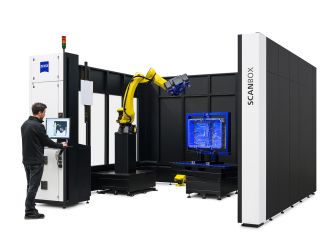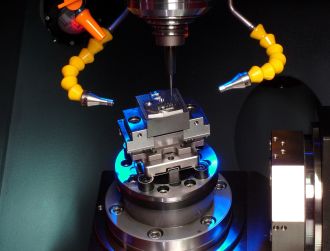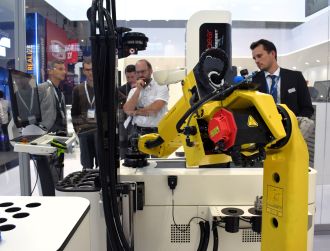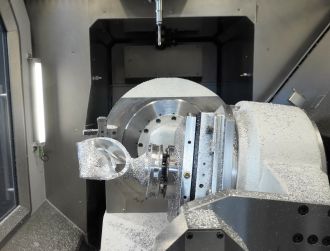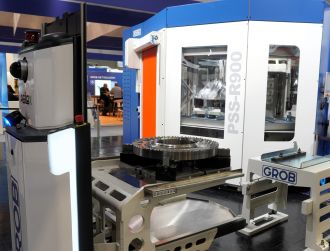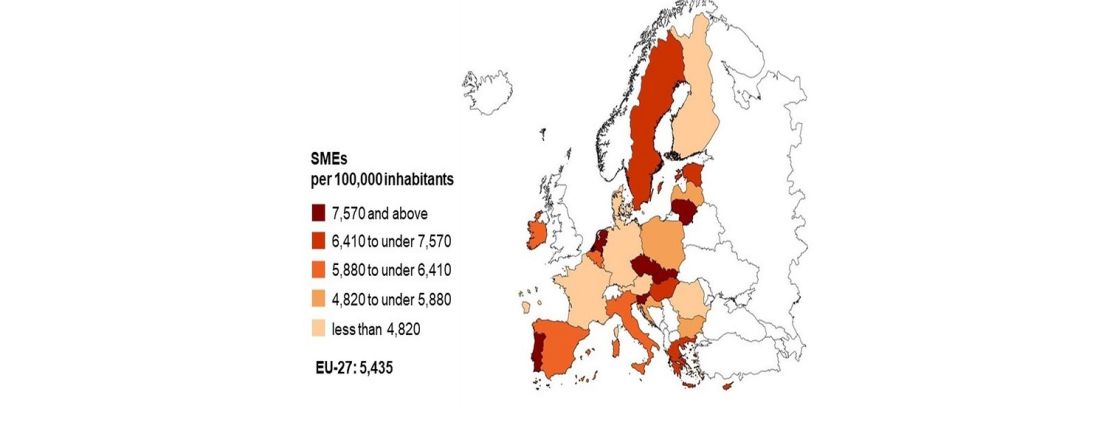
German SMEs are Larger and use more often Artificial Intelligence
What are the specific characteristics of small and medium-sized enterprises (SMEs) in Germany compared to SMEs in other EU member states? According to the statistical analysis by researchers at the IfM Bonn, SMEs in Germany are larger, slightly more likely to be found in the high-tech sector and more AI-orientated than the EU average.
In small and medium-sized enterprises (SMEs) in Germany, an average of 6.8 employees work, significantly more than the EU average of 3.5 employees. In contrast, the average SME density in this country is lower than in other EU member states: While an estimated 2,987 SMEs per 100,000 inhabitants can be found in the Federal Republic, the EU average is 5,435 SMEs. Particularly high SME densities are observed in Czechia (10,297 SMEs), Slovakia (9,616 SMEs), and Portugal (9,438 SMEs).
In the German manufacturing sector, around 4.3% of companies with a maximum of 249 employees are active in high-technology areas. For comparison, the EU average for SMEs is 2%. However, SMEs in Germany are significantly more active in knowledge-intensive services (33.2%), slightly below the EU average (33.9%).
Compared to 2021 (10%), the proportion of SMEs in Germany utilising Artificial Intelligence (AI) has increased by one percentage point. Nevertheless, more companies with a maximum of 249 employees in Germany compared to the EU average are using Artificial Intelligence. This is likely because SMEs in Germany are larger – evidence shows that AI adoption increases with size. However, the proportion of large enterprises using AI in Germany (35%) or the EU average is more than three times higher than among SMEs.



